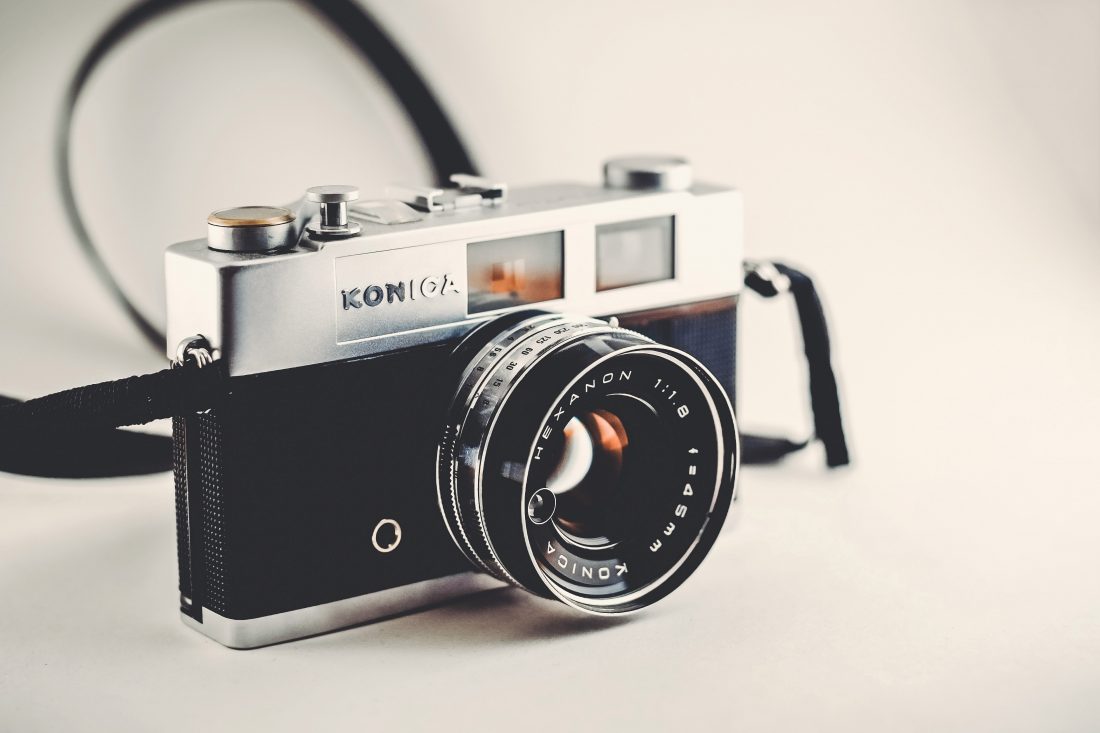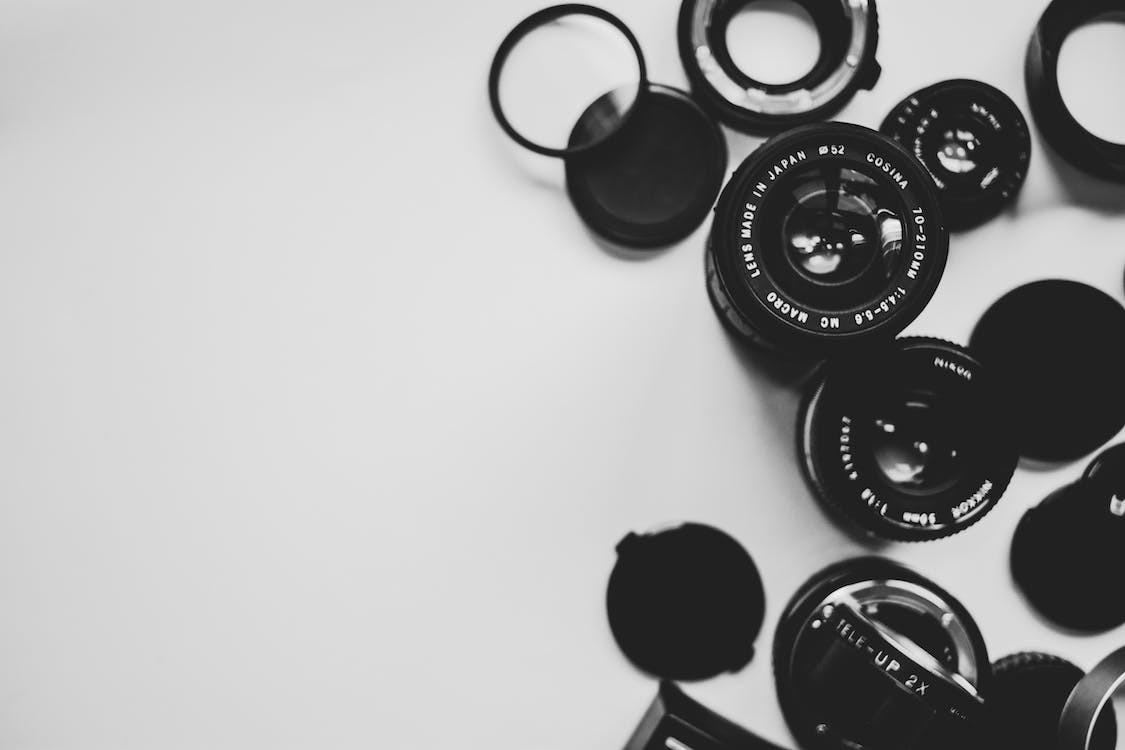
The Leica II (D) is a legendary film camera produced by the renowned German manufacturer, Leica Camera AG. Introduced in 1932, it quickly became a revolutionary device that set new standards in the world of photography. This compact and versatile camera played a pivotal role in shaping the history of photography, particularly in the 1930s and 1940s.
**Overview and Features**
The Leica II (D) was a high-quality, compact rangefinder camera that marked a significant advancement in photography technology during its time. It featured a durable metal body, a quick and precise rangefinder focusing system, and interchangeable lenses, giving photographers the flexibility to capture a wide range of subjects.
One of the notable features of the Leica II (D) was its use of the 35mm film format, which offered superior image quality compared to the standard medium-format cameras of the era. This innovation allowed photographers to shoot with greater detail and clarity, capturing the essence of the scene in stunning visual depth.
The camera also boasted a cloth shutter with speeds ranging from 1/20 to 1/500 seconds, ensuring precise exposure control even in varying lighting conditions. Additionally, its compact size and lightweight design made it highly portable, allowing photographers to carry it with ease and capture decisive moments on the go.
**Technical Specifications**
– Film Format: 35mm
– Lens Mount: Leica screw mount (M39)
– Shutter Speeds: 1/20 to 1/500 seconds
– Focusing System: Rangefinder
– Viewfinder: Optical
– Dimensions: 138mm x 38mm x 77mm
– Weight: 530 grams
**User Experience and Legacy**
The Leica II (D) garnered immense popularity among professional photographers and enthusiasts alike. Its reliability and exceptional image quality made it a preferred choice for street photography, photojournalism, and portrait photography. Famous photographers such as Henri Cartier-Bresson and Robert Capa used the Leica II (D) to capture iconic images that defined an era.
In terms of pricing, the Leica II (D) was initially released at a retail price of around $70 in the 1930s. This may seem relatively inexpensive by today’s standards, but it was a significant investment at the time. The camera’s enduring quality and craftsmanship have resulted in high demand among collectors, leading to significantly higher price tags for well-preserved models today.
Although digital cameras have largely taken over the photography industry, the Leica II (D) remains a beloved piece of photographic history. Its timeless design and outstanding performance continue to inspire photographers to this day. Whether as a functional film camera or a treasured collector’s item, the Leica II (D) symbolizes the epitome of craftsmanship and innovation in the world of photography.
